There lies a space under the glorious sun, a shifting sky,
Of invisible habitats, coexisting, flourishing and alive.
Of water and majestic trees, of clay and stubborn stones blues, greys browns and greens, different hues, vivid tones…
Amidst this rises a habitat, a centre of excellence, standing tall,
It is humble infact, a sincere indulgence, within playful walls
Three unequal pavilions, overlapping in a geometrical symphony
Working with the seasons, light filters in a magical harmony…
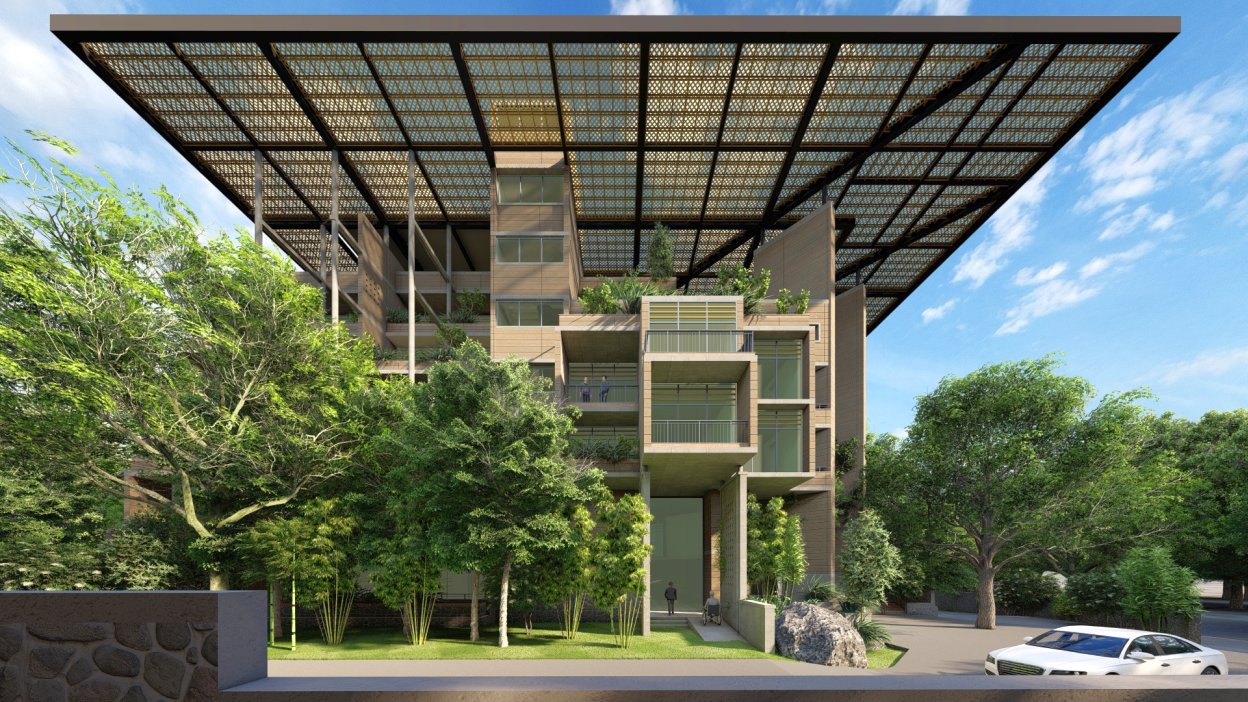
The Three Pavilions
It steps back and forth, a curious street of random discoveries
With some isolated chambers, and some vibrant spaces to meet
Its mathematical, a certain order, of lines seen and unseen
And yet a disorder in the order, discover the unexpected in between.

The site is located at the Bangalore University Campus. After identifying several axes from the plot profile and the surrounding context, a combination of the intersection of the axes created four boxes inside and outside the site.
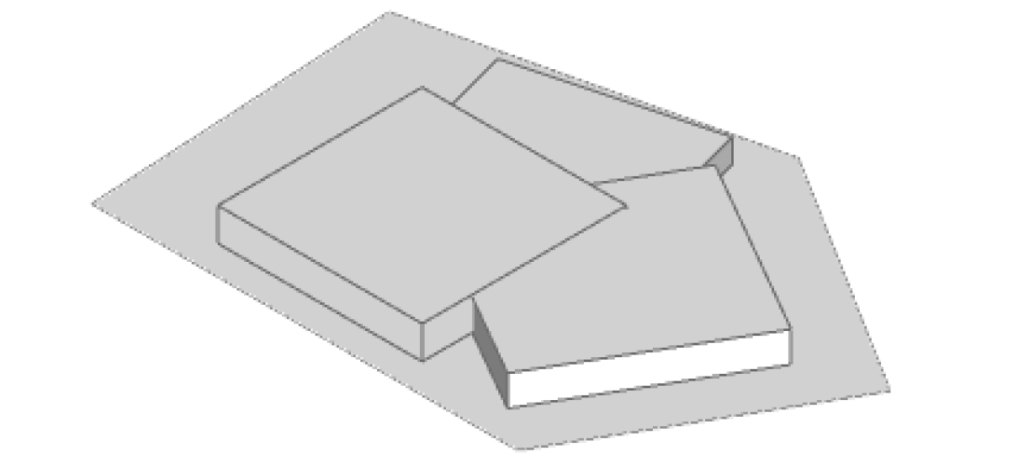


The Pavilions consist of a steel structural frame within which is an interlacing of engineered bamboo panels which filters light in the walkways and meeting points. The juxtaposition of the three pavilions creates a random pattern of light and shadow.

Zoning


Design strategies

Movement: The blocks are connected at various levels, creating a lattice of circulation paths that encourage people to walk.

Expansion: The proposed design provided each block with the potential to expand by at least one floor while continuing to enjoy the protection of the pavilion. Additionally, the southwest corner of the site houses a temporary structure (the incomplete wall of greens) that can be dismantled for future expansion.

Slope: The site has a total level of 3 metres, allowing one end of the basement to have direct connectivity to the site, therefore removing the need for a ramp.

Openings: The pavilion gives the possibility of having open and naturally ventilated corridors toward the internal street and courtyard. Jaali walls facilitate wind movement from the west and east, while the south facade has minimal openings. Most openings orient toward the north.

The street of discoveries
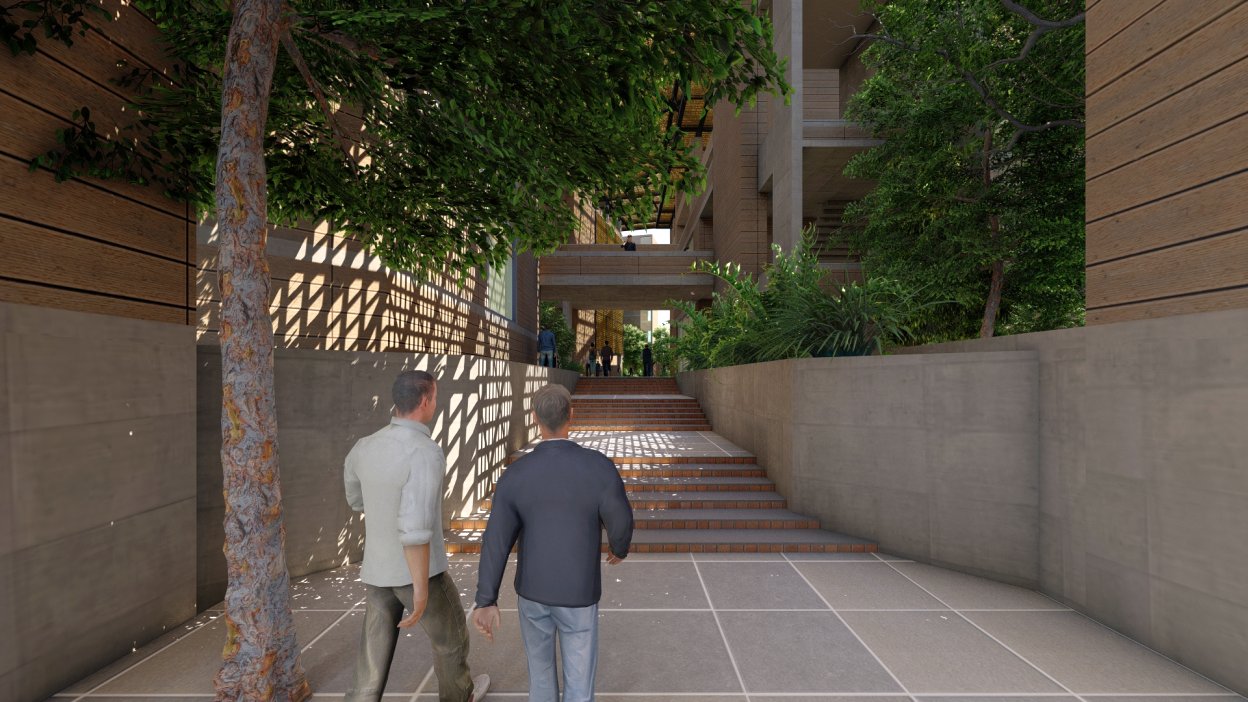

The street of discoveries is the central spine of the project which connects the entrance to the activity plaza. It cuts through the various spaces, changing in scale and volume both horizontally and vertically and has various points of interest that establish the entries and exits into the different blocks. The large plaza which is about 16 by 16 meters is an activity space for talks, and performances, an extension of the exhibition space and spill-out spaces from the activities that surround it.
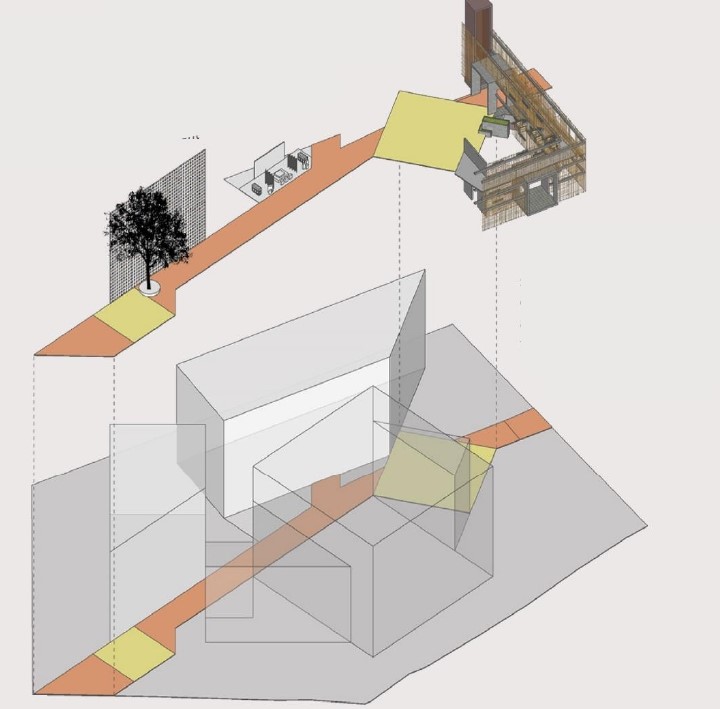
Renders
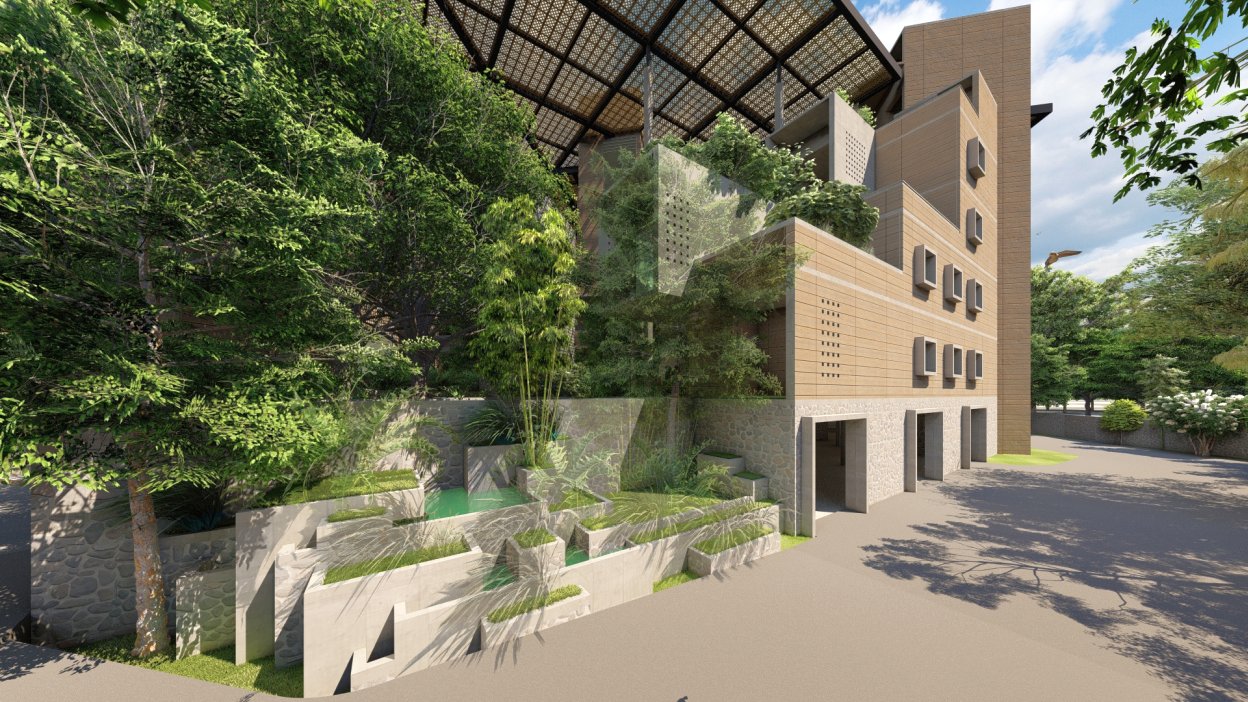
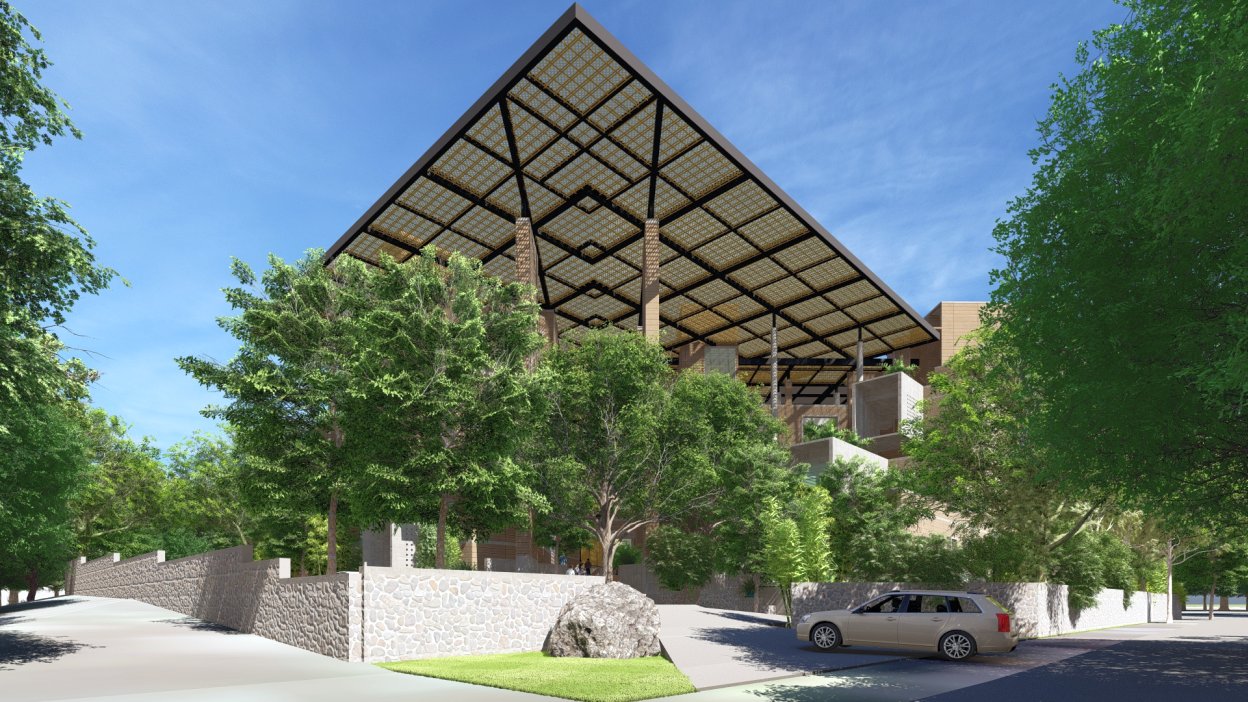
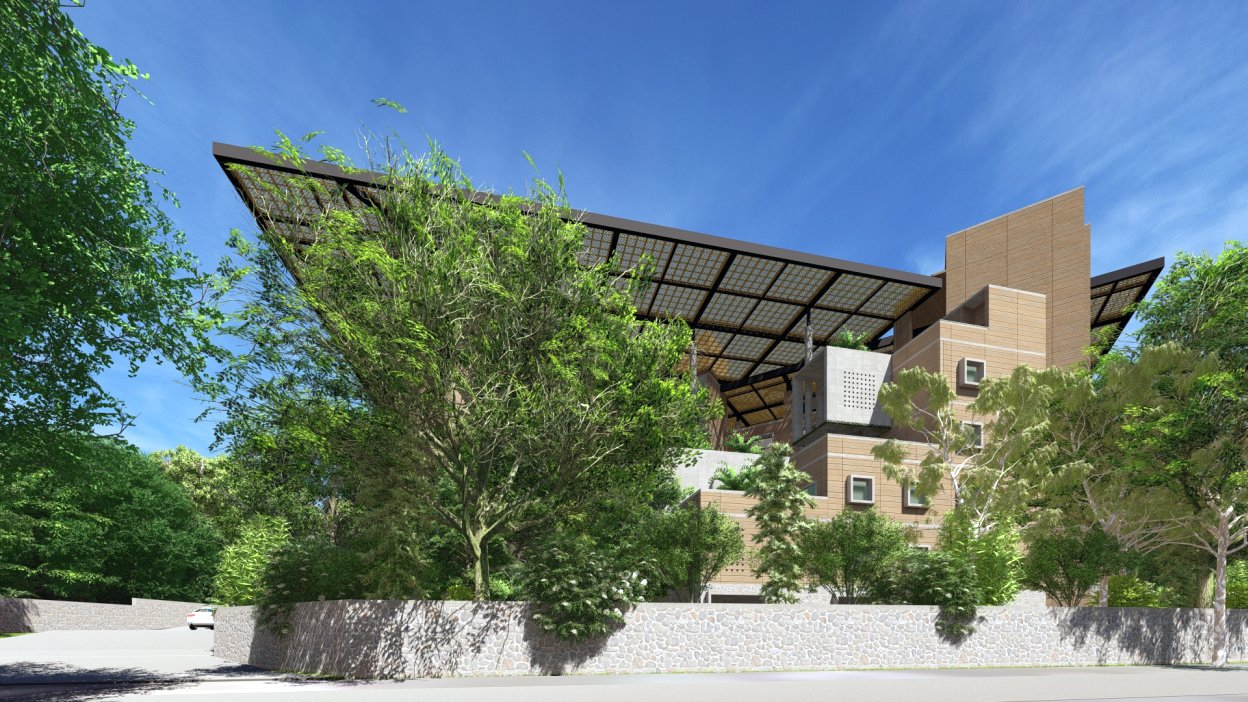
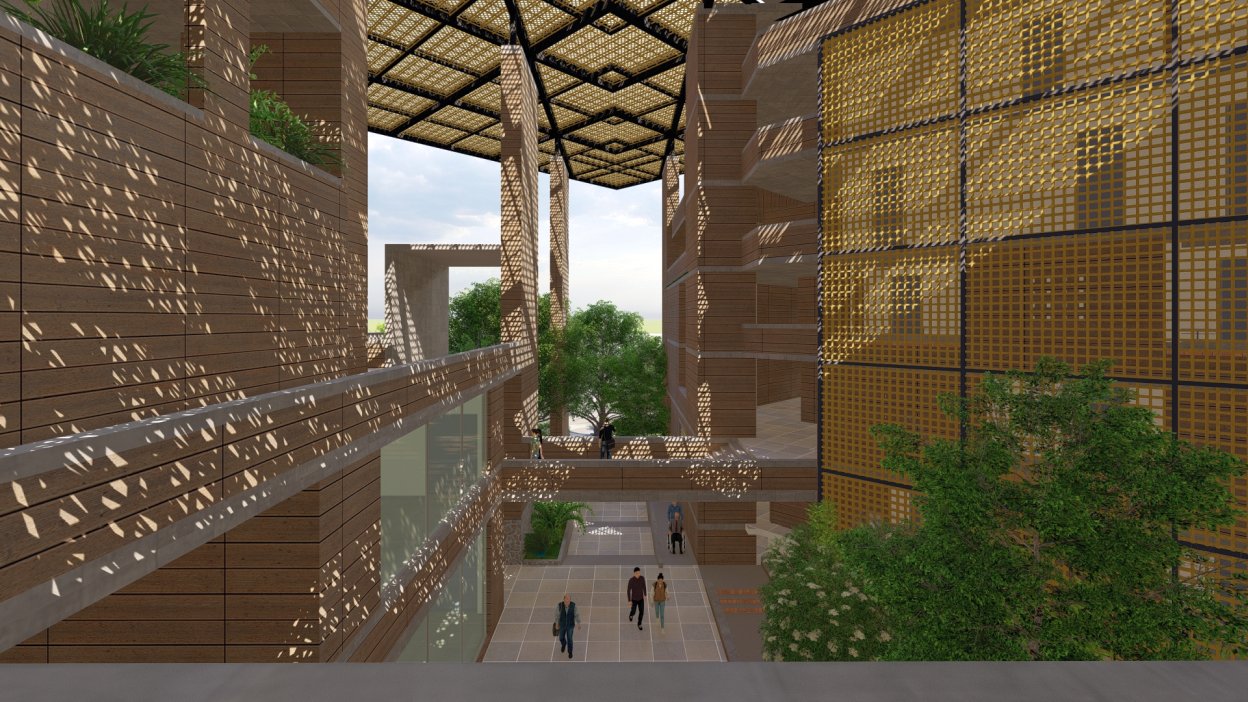
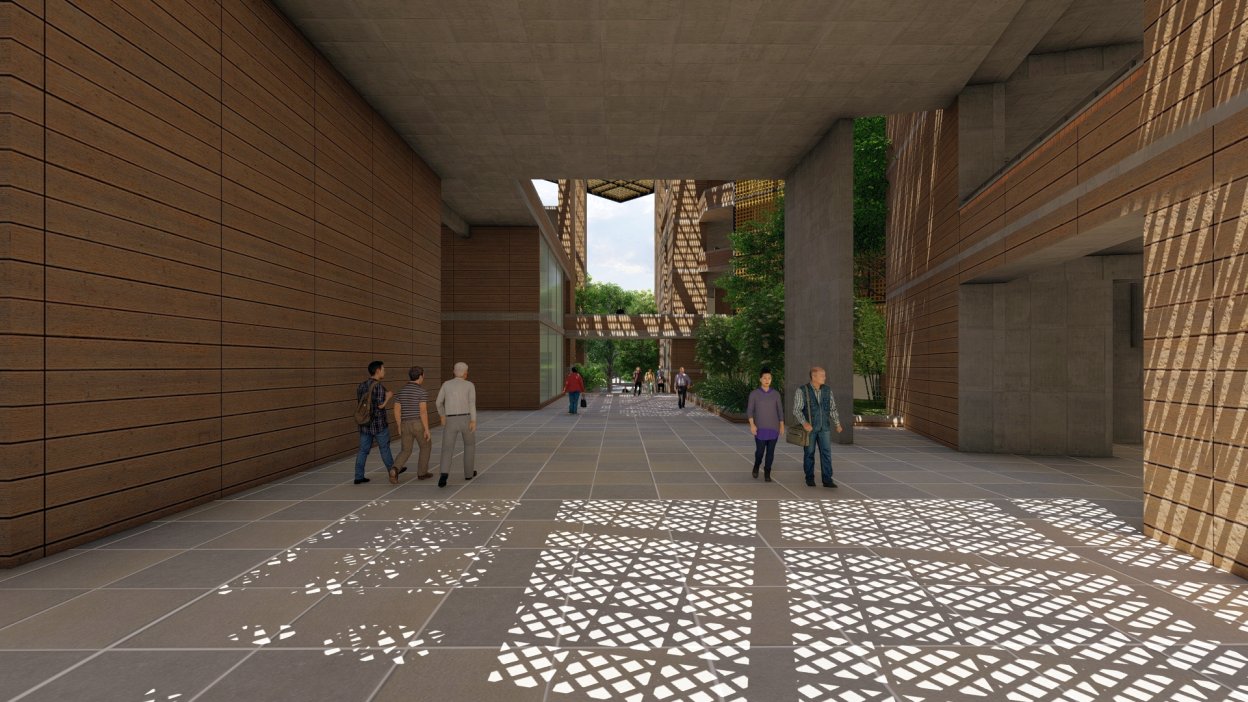


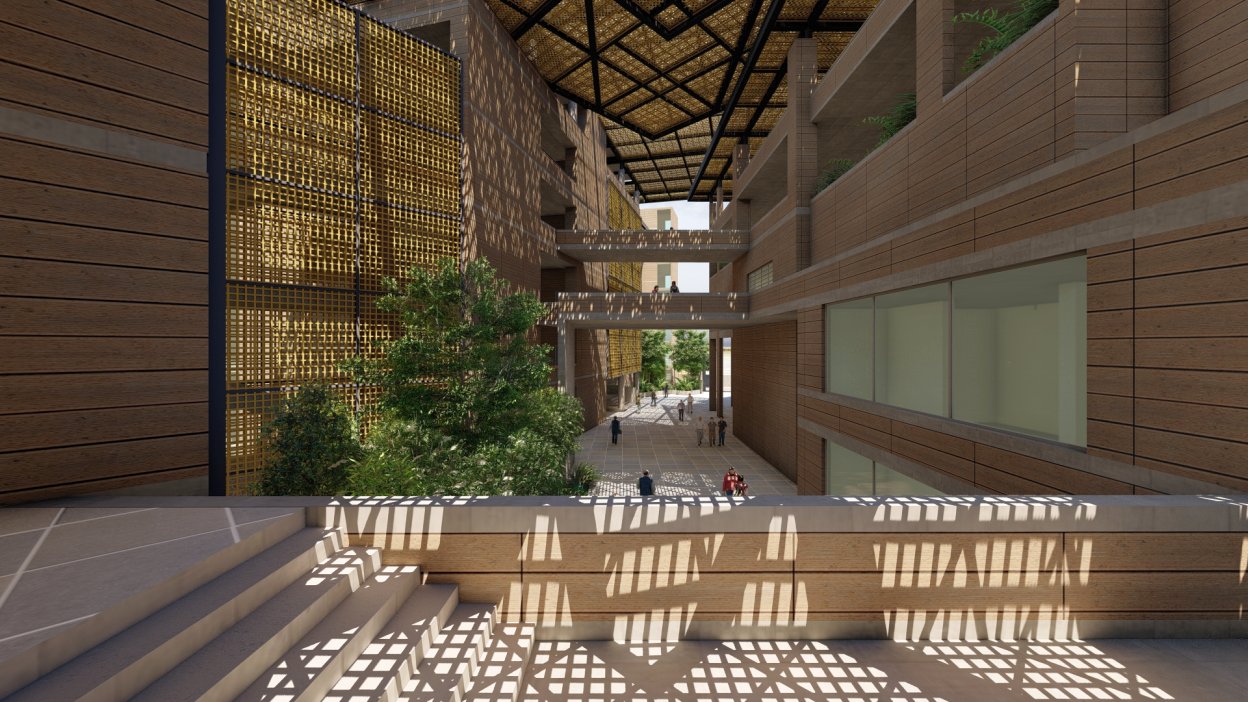
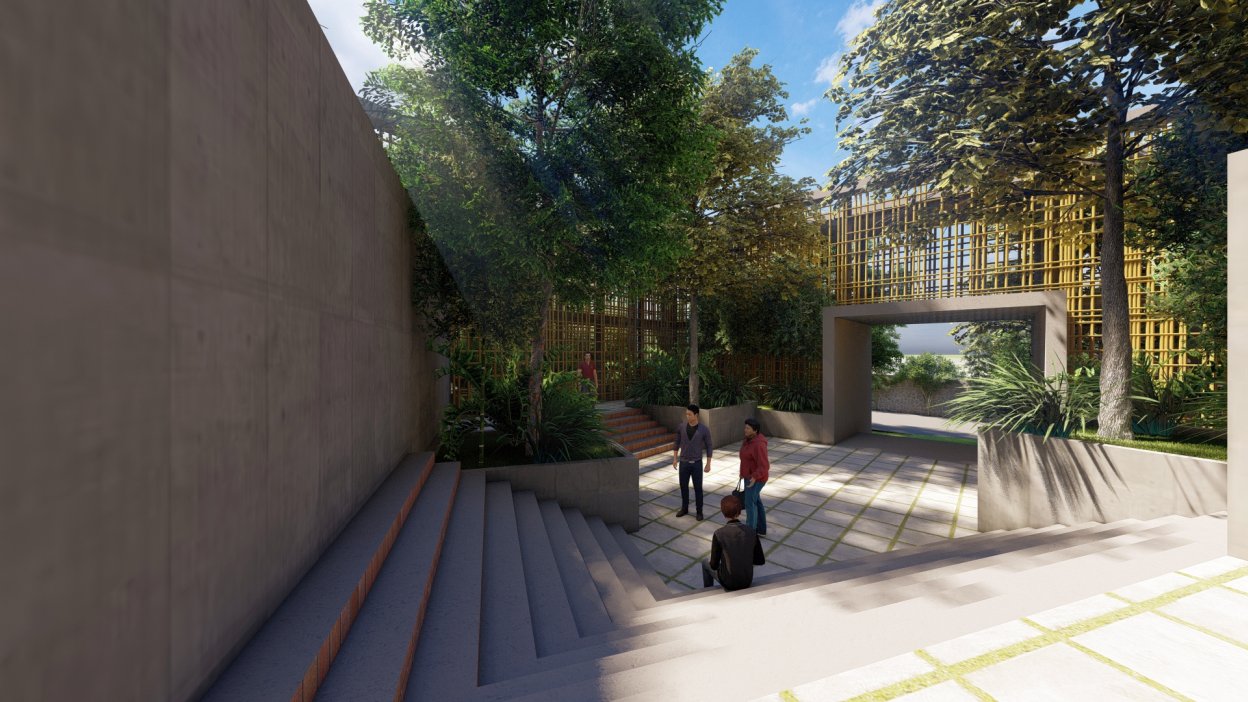
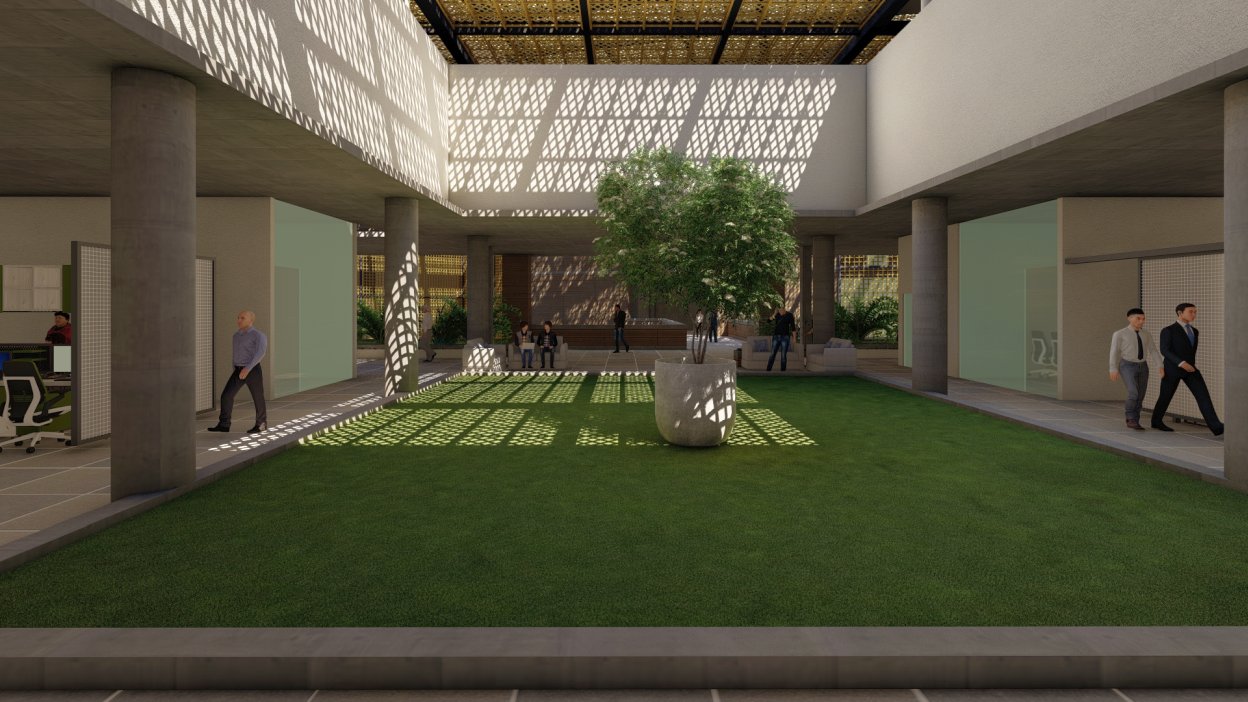





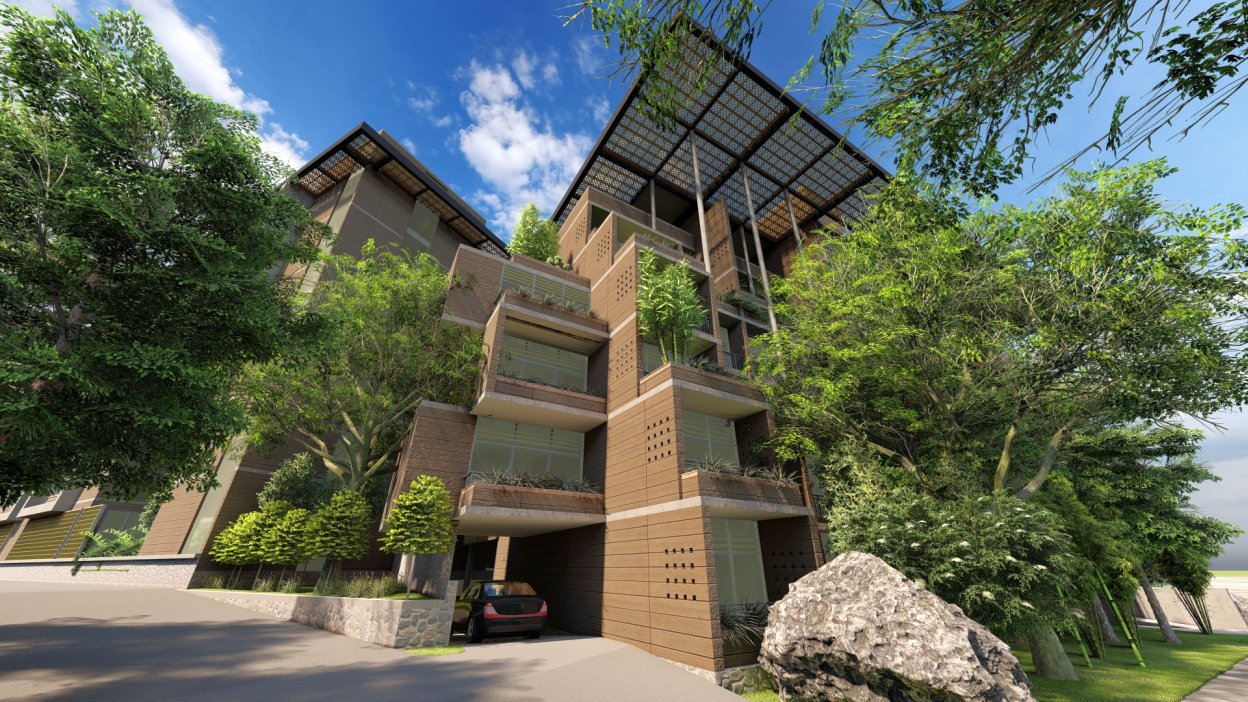
Floorplans
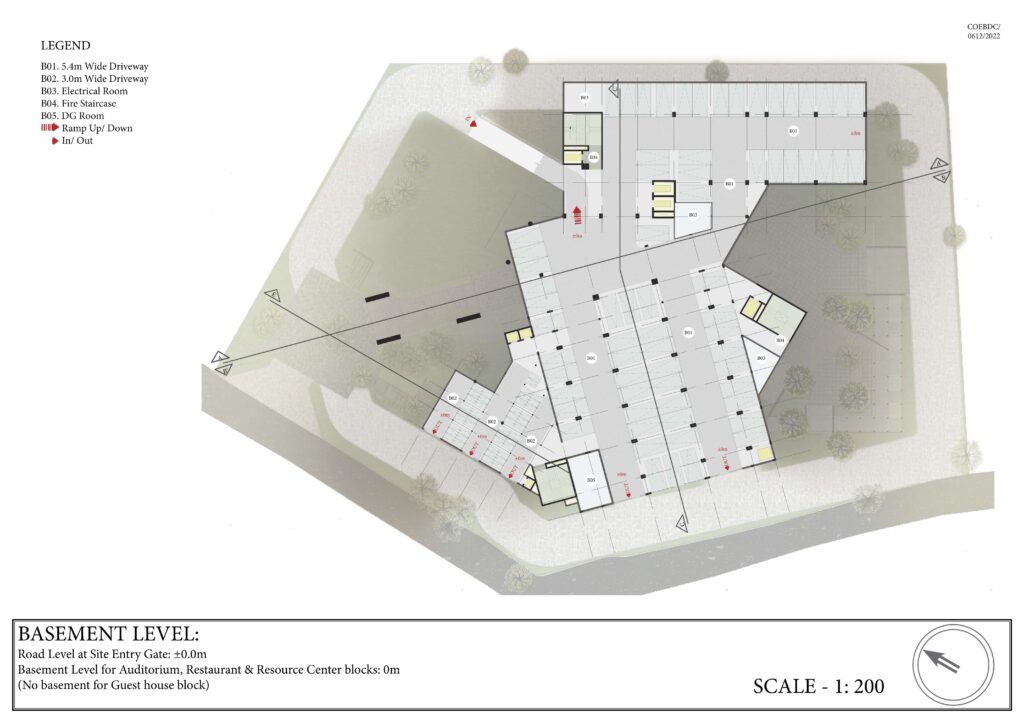

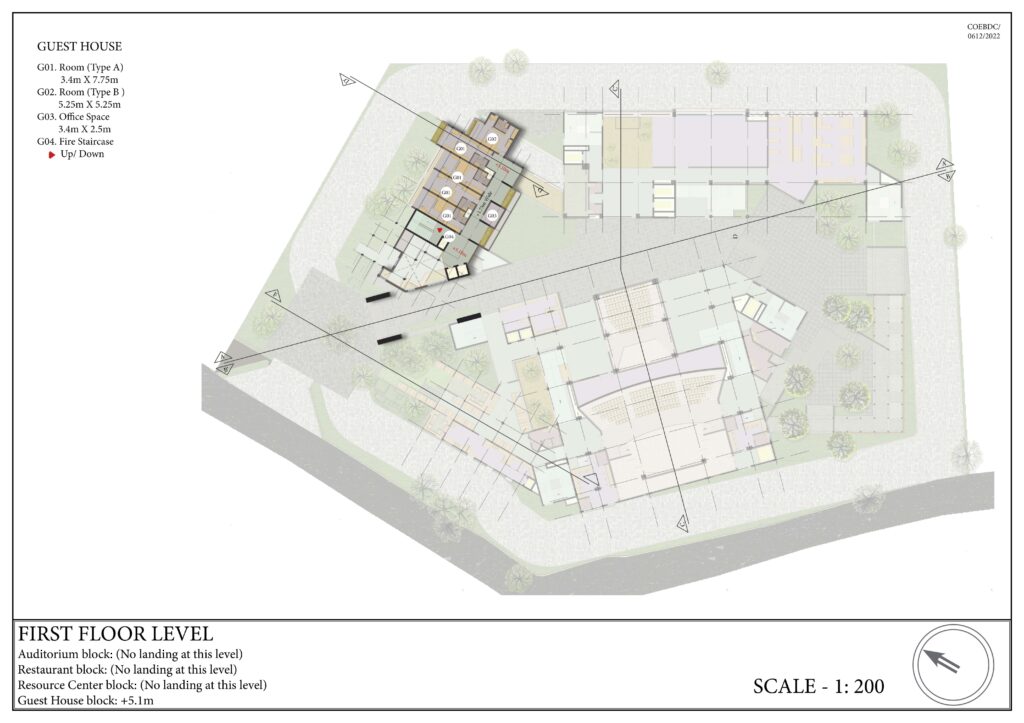
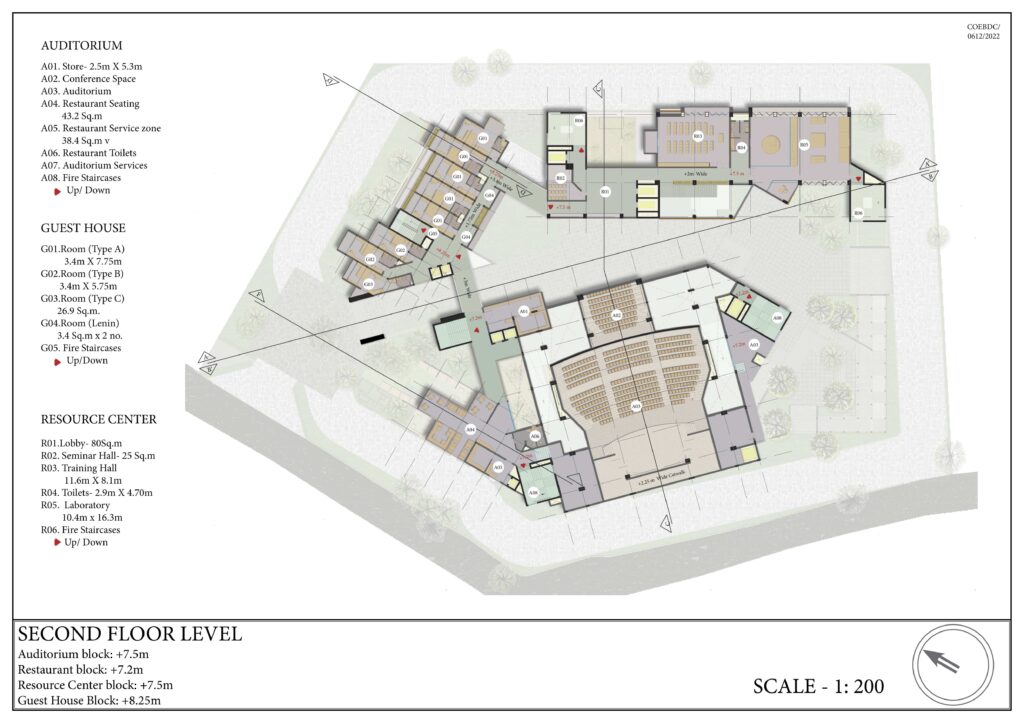


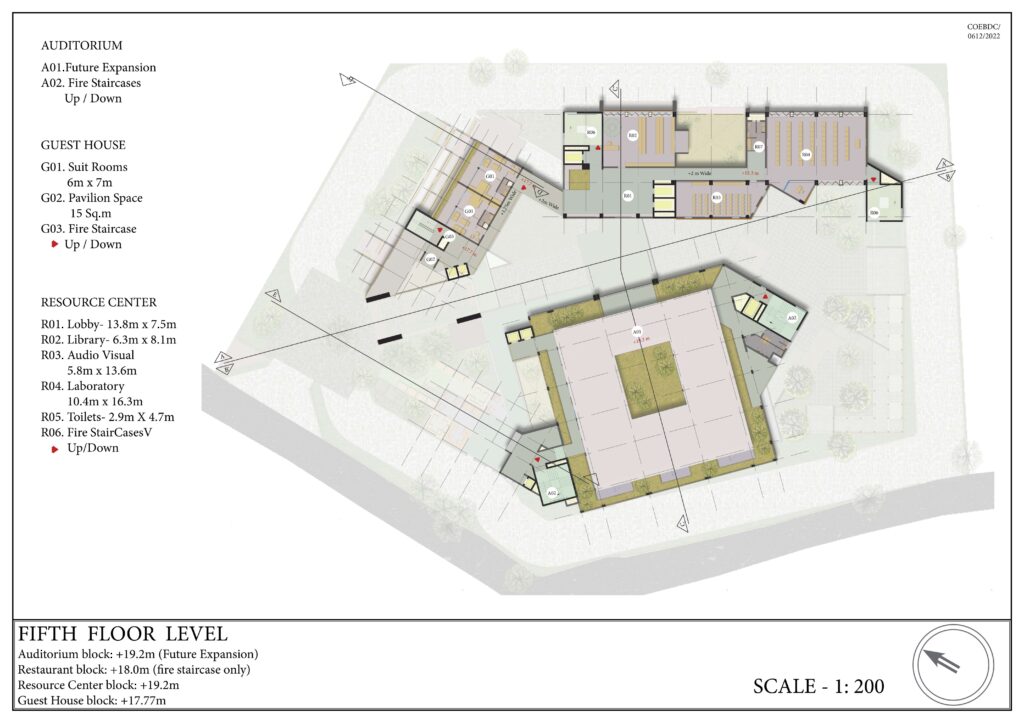

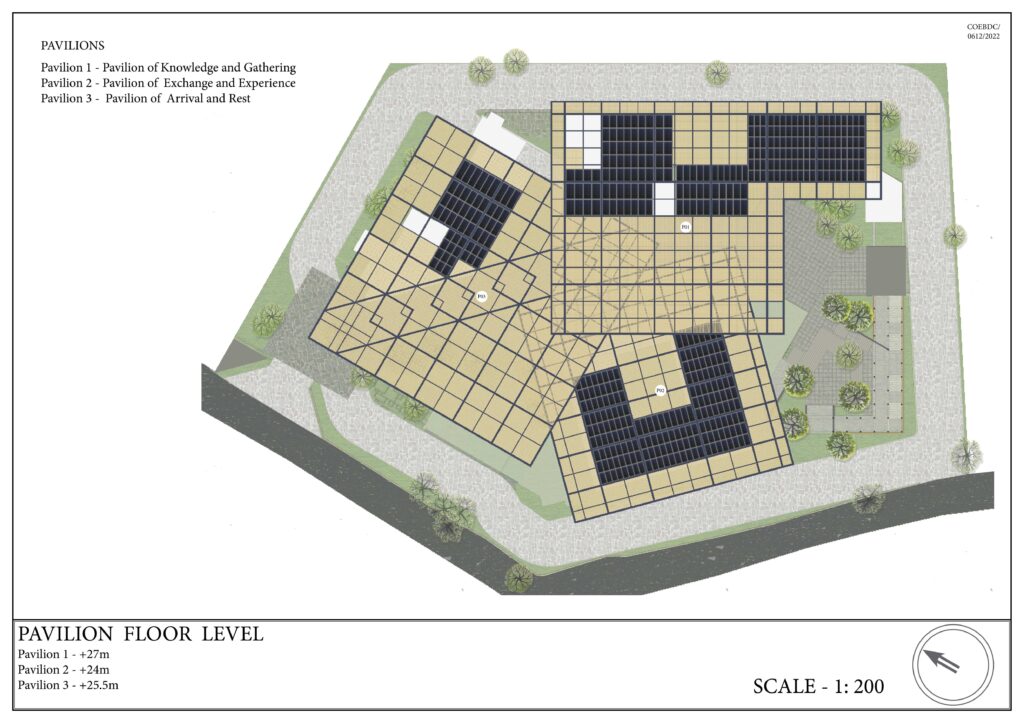
Sections
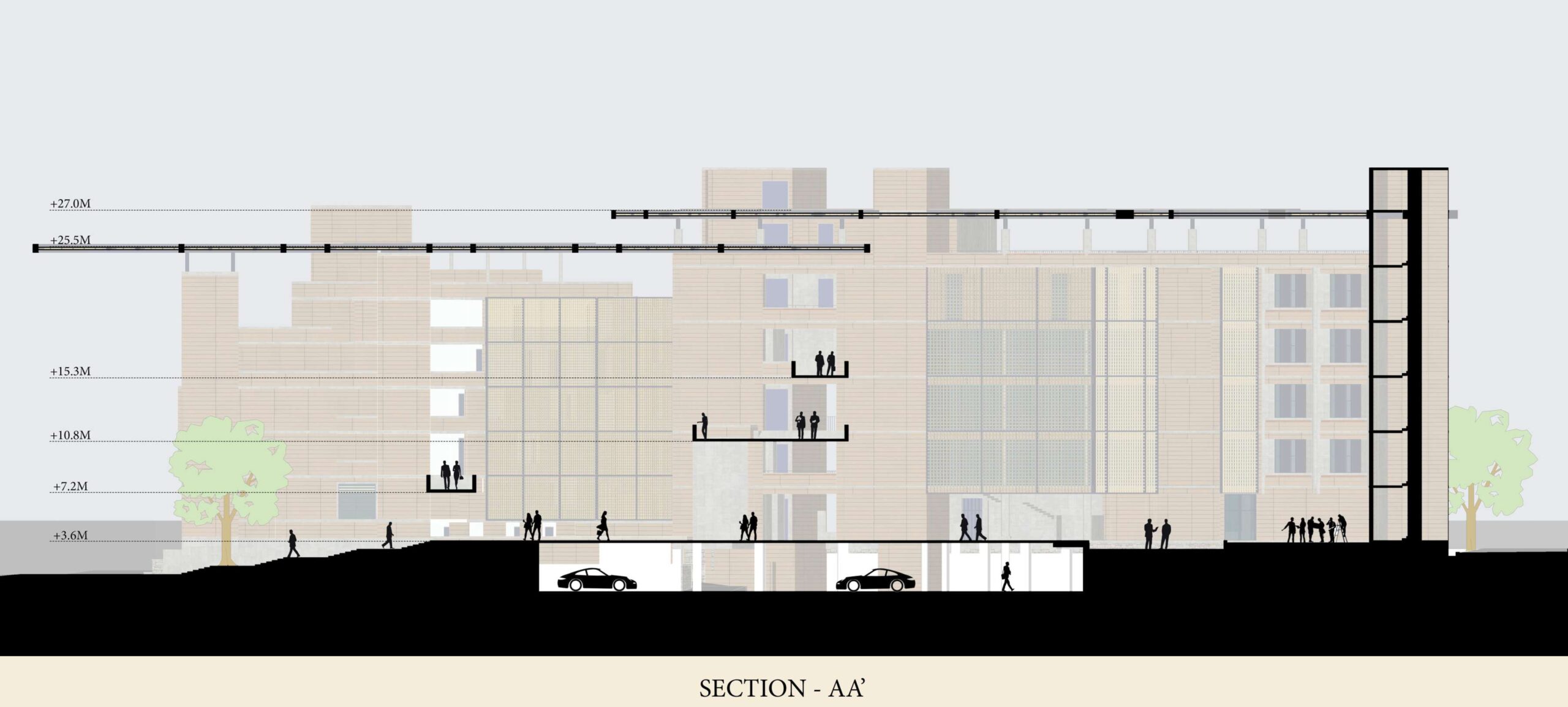

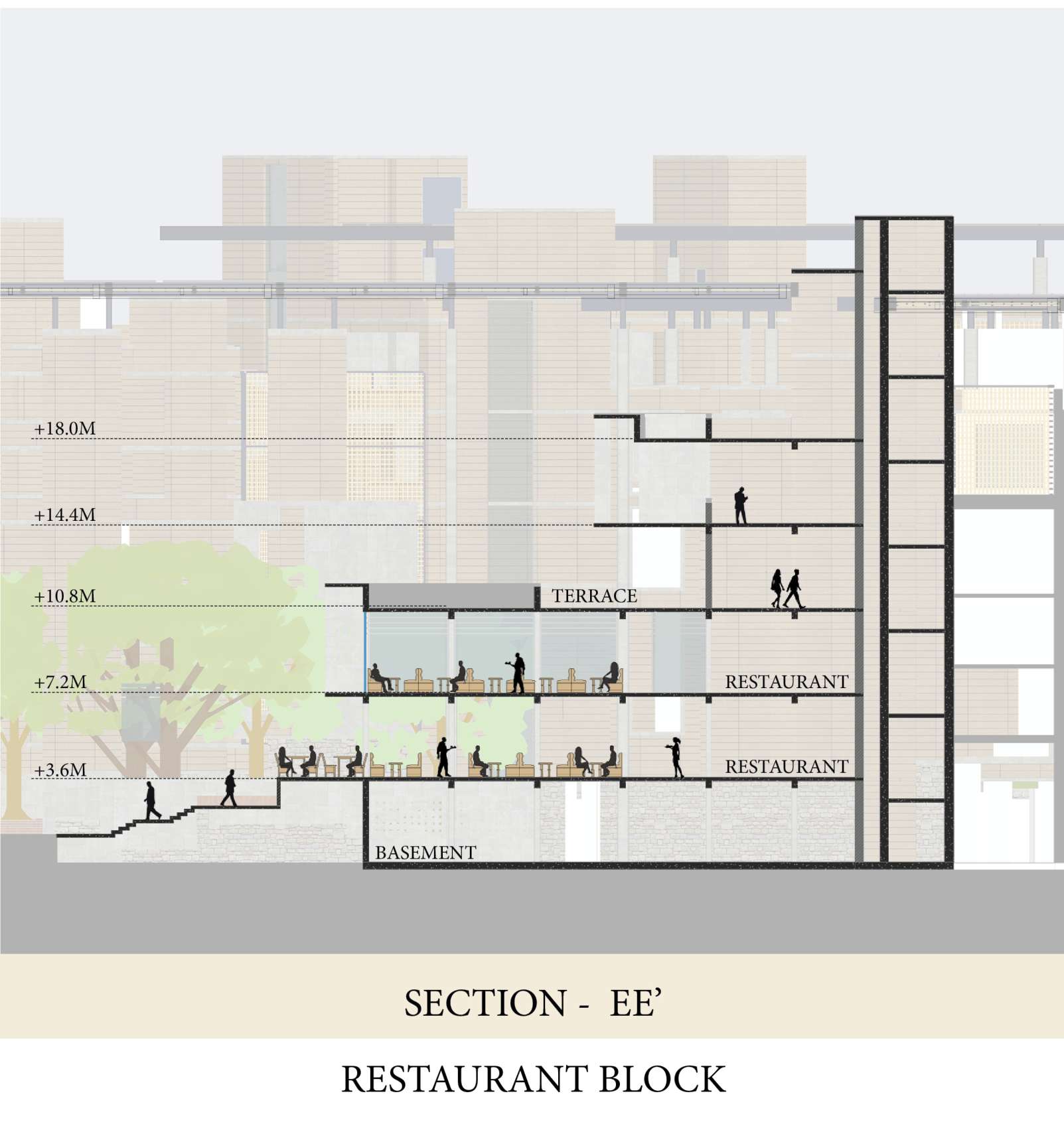

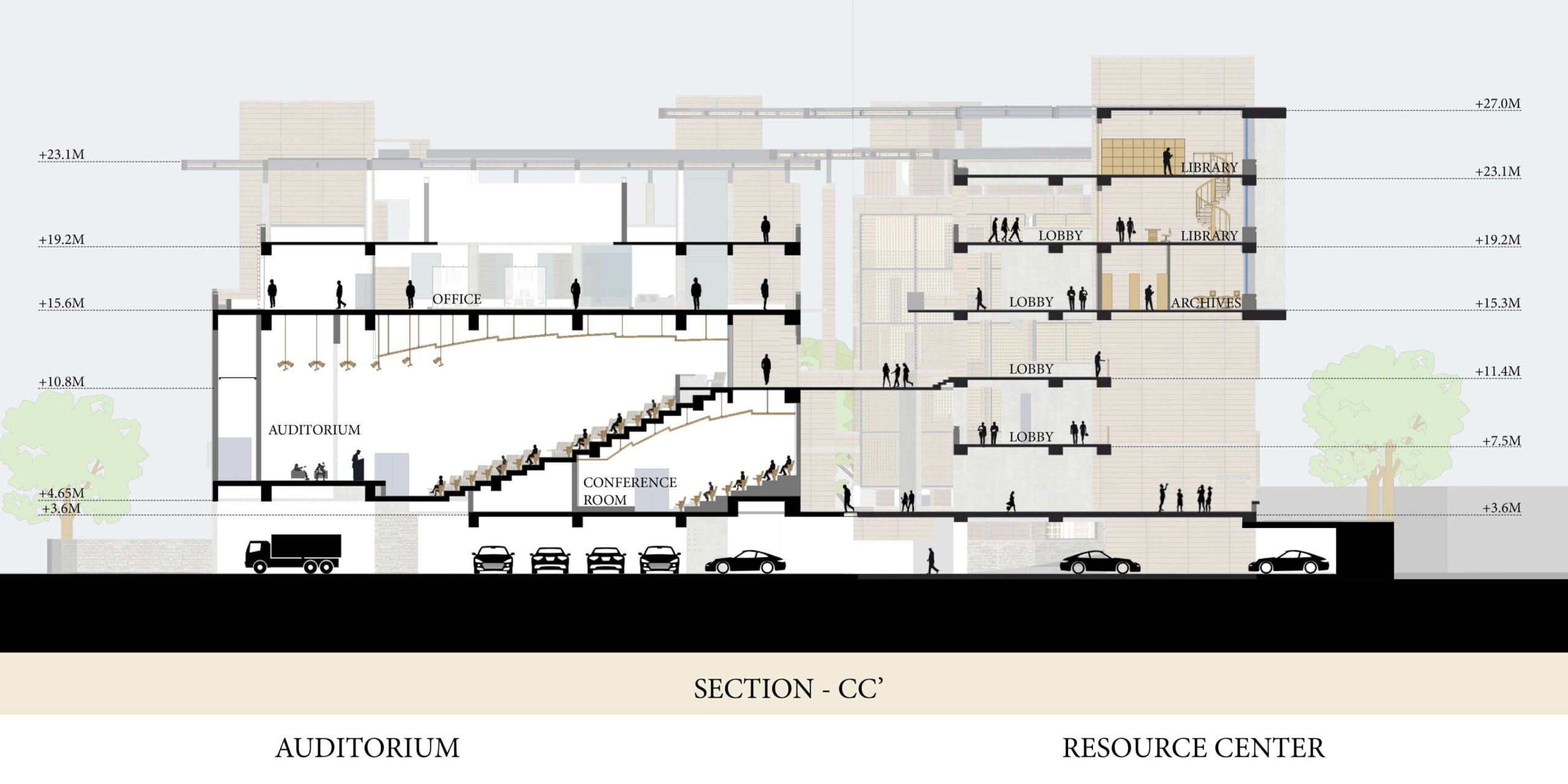
All images and text courtesy: Arka Design Studio







